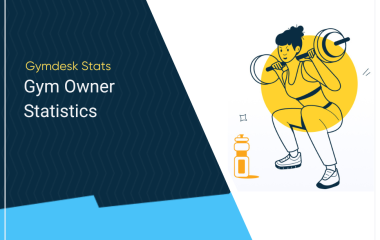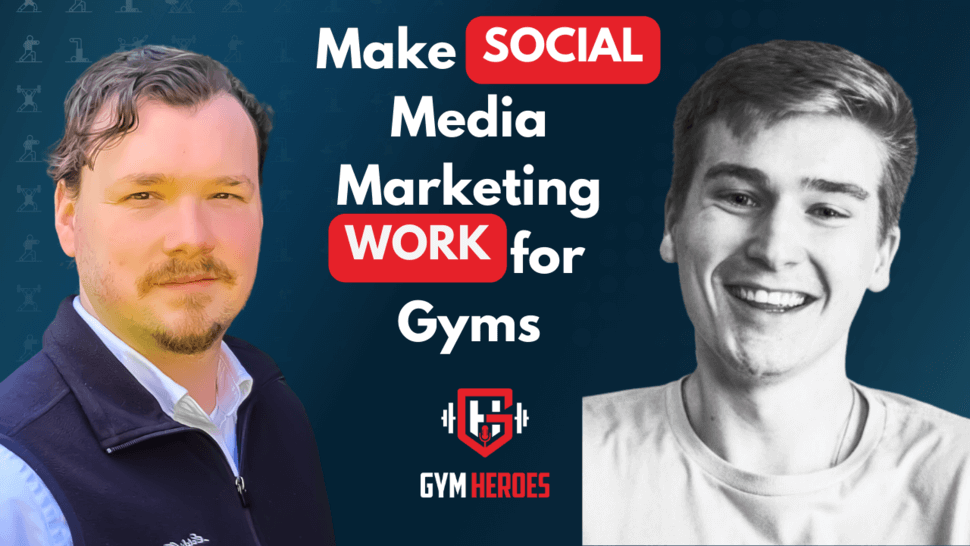Our hero today is Tyler Webb, a social media marketing specialist, and the other half. of the Uncle Charlie Agency with Jake Kranz from episode 34. In this episode, Tyler reveals how to conceptualize your audience on social media and how to speak to them. Then he breaks down the social network platforms that work best for certain types of audiences and formats.
And finally, he unpacks the formats that work best for generating interest and forwarding your business goals.
Understand Audience Segmentation for Effective Social Media Marketing
Tyler Webb emphasized the importance of segmenting the target audience into three key categories: top of the funnel, middle of the funnel, and bottom of the funnel. This approach enables gyms and sports clubs to tailor their content and messaging to the specific needs and interests of each segment.
By recognizing these distinctions, businesses can develop content that resonates with individuals who are at different stages of the customer journey, thereby maximizing the impact of their social media marketing efforts.
How to Conceptualize Content for Various Social Media Platforms
When it comes to leveraging different social media platforms, Tyler highlighted the importance of understanding their respective user bases and engagement dynamics. He discussed the unique functionalities and audience behaviors on platforms like TikTok, Instagram, and Facebook.
For instance, TikTok is increasingly utilized as a search platform, where content creation is geared towards providing informative and engaging experiences for new audiences.
In contrast, platforms like Instagram and Facebook emphasize nurturing relationships with existing followers and providing context-rich content to maintain sustained engagement.
Optimize Content Formats for Maximum Impact
The conversation delved into the significance of content formats, where Tyler emphasized the ever-evolving nature of platform preferences. While short-form video content is currently dominant across platforms, he underscored the importance of crafting content that prioritizes watch time, repeat rates, and sharing.
Additionally, businesses were encouraged to focus on honing their storytelling skills, particularly within the constraints of short-form video, as this can be leveraged across platforms to create impactful content.
Adapt to Platform Dynamics & Audience Behavior
A key takeaway from the discussion was the necessity for businesses to adapt their strategies based on the unique dynamics and user behaviors of each platform. While certain content formats might excel on one platform, they may not yield the same results on another.
Tyler stressed the need for businesses to adopt a experimental approach, test different content formats, and refine their strategies based on empirical observations. Understanding that each social media platform has its own algorithmic intricacies and engagement patterns is critical for optimizing content performance.
Embrace a Diverse Content Strategy
A diverse yet coherent content strategy is essential for gyms and sports clubs to make the most of social media marketing. By crafting compelling stories, understanding platform-specific engagement metrics, and optimizing content formats, businesses can effectively cater to a wide range of audience segments and elevate their brand presence across various social media platforms.
For example, for the top of the funnel, it’s about creating content that builds trust with potential audiences, such as posts about the general benefits of health and fitness.
In the middle of the funnel, it’s more about sharing offers and benefits, and at the bottom of the funnel, content that aims to retain and build brand loyalty.
He emphasizes the importance of creating content that adds context, engages viewers, and works towards the goal of keeping users on the platform for as long as possible. He also suggests starting with short-form videos and then refining those skills for other formats as necessary.
Additionally, he advises creators not to get too caught up in analyzing various platform algorithms and to focus on making the best content possible for each platform.
Instead of getting caught up in overanalyzing decisions, it’s crucial for businesses to focus on consistent content creation and adapting their strategies based on real-time feedback.
Conclusion
Tyler’s expertise sheds light on the art of conceptualizing audience engagement, navigating the dynamics of social media platforms, and leveraging diverse content formats to optimize social media marketing strategies for gyms and sports clubs. By understanding the principles of audience segmentation, adapting to platform dynamics, and embracing a diverse content strategy, businesses can propel their social media marketing endeavors to new heights.
In the fast-paced realm of social media marketing, the ability to adapt, experiment, and refine strategies based on performance feedback is paramount. By implementing the practices recommended here, businesses can build a robust social media presence that resonates with their target audience, fosters engagement, and ultimately drives business growth.
 Gym Owner Statistics: The State of Gyms, Member Trends, and Usage Data
Gym Owner Statistics: The State of Gyms, Member Trends, and Usage Data



